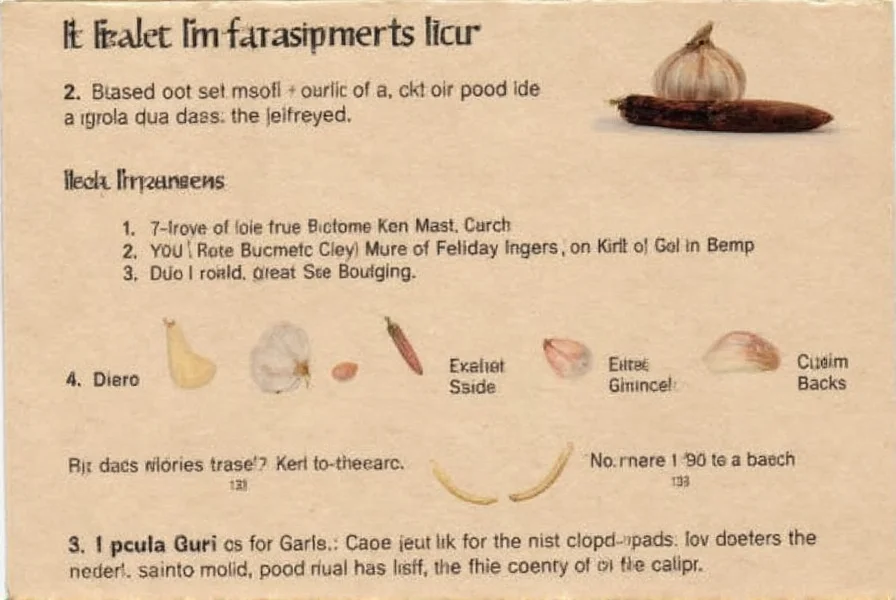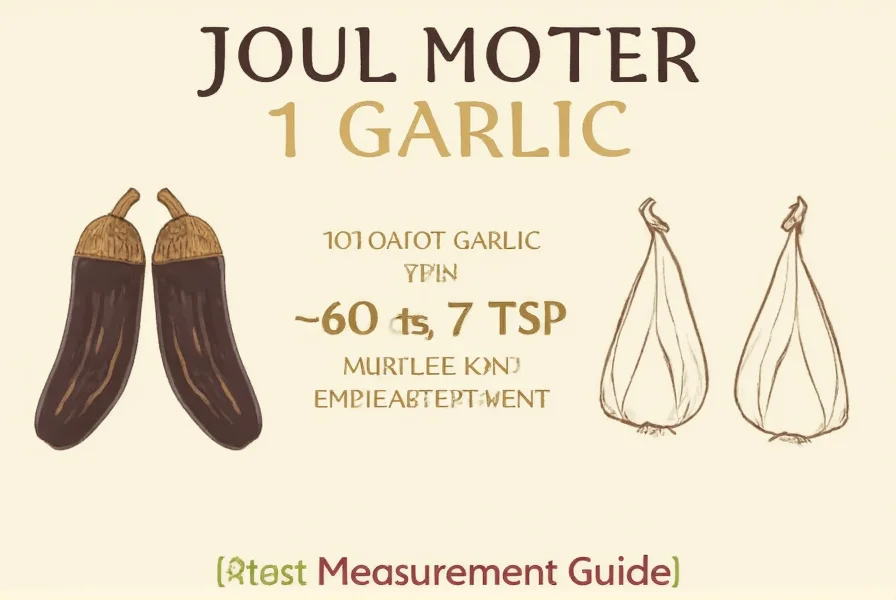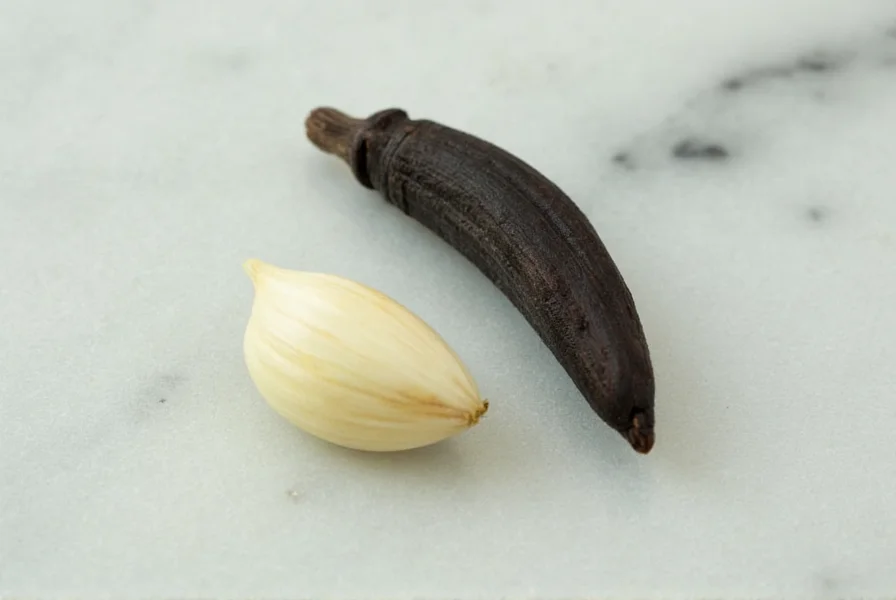Understanding garlic measurements is essential for precise cooking and recipe execution. When recipes call for specific amounts of garlic in teaspoons but you're working with fresh cloves, knowing the exact conversion prevents flavor imbalances in your dishes.
Garlic Clove Size Variations and Their Measurements
Garlic cloves vary significantly in size, which directly impacts their teaspoon equivalent. Here's a detailed breakdown of common garlic measurements:
| Garlic Clove Size | Minced Garlic (Teaspoons) | Garlic Paste (Teaspoons) |
|---|---|---|
| Small (1/2" long) | 1/4 tsp | 1/8 tsp |
| Medium (3/4" long) | 1/2 tsp | 1/4 tsp |
| Large (1" long) | 3/4 tsp | 3/8 tsp |
| Extra Large (1 1/4" long) | 1 tsp | 1/2 tsp |
Factors Affecting Garlic Measurement Accuracy
Several variables influence the precise conversion from cloves to teaspoons:
- Preparation method - Minced garlic takes up more volume than pressed garlic paste
- Clove moisture content - Fresher garlic contains more water and yields slightly more volume
- Chopping technique - Finely minced garlic packs more densely than roughly chopped
- Garlic variety - Some cultivars have higher water content than others

Practical Measurement Tips for Home Cooks
When converting fresh garlic to teaspoon measurements, follow these professional kitchen practices:
- For most recipes calling for "1 clove garlic," use 1/2 teaspoon of minced garlic as your standard conversion
- When precision matters (like in sauces or dressings), measure after mincing rather than estimating
- For roasted garlic, remember that cooking reduces volume - one roasted clove equals about 1/4 teaspoon
- When substituting jarred minced garlic, use 1/2 teaspoon per clove but reduce added liquid slightly
Garlic Substitution Guidelines
Sometimes you might need alternatives to fresh garlic. Here's how common substitutes compare:
| Substitute | Equivalent to 1 Clove | Best Used In |
|---|---|---|
| Dried garlic flakes | 1/8 tsp | Dry rubs, spice blends |
| Garlic powder | 1/16 tsp | Seasoning mixes, marinades |
| Garlic salt | 1/4 tsp | Adjust overall salt content |
| Pre-minced jarred garlic | 1/2 tsp | Quick cooking applications |

Maximizing Garlic Flavor in Your Cooking
Understanding garlic measurements goes beyond simple conversion. The timing and method of adding garlic significantly impacts flavor development:
- Add minced garlic during the last 1-2 minutes of cooking for bright, pungent flavor
- Sauté garlic in oil over medium-low heat for 1 minute for milder, sweeter notes
- Roast whole cloves at 400°F for 20 minutes for caramelized, nutty flavor
- Crush garlic with salt using the side of your knife for maximum flavor release
Professional chefs often adjust garlic quantities based on these preparation methods rather than strict measurements. A clove of raw garlic provides significantly more pungency than the same clove when roasted or sautéed.
Common Measurement Mistakes to Avoid
Many home cooks make these garlic measurement errors that affect recipe outcomes:
- Using whole cloves when recipes specify minced (results in uneven flavor distribution)
- Not accounting for garlic paste versus minced garlic volume differences
- Adding garlic too early in cooking, causing burning and bitterness
- Using dried garlic substitutes without adjusting quantities (they're more concentrated)
Remember that garlic flavor intensifies over time, so dishes often taste stronger the next day. When meal prepping, consider using slightly less garlic than your recipe specifies.











 浙公网安备
33010002000092号
浙公网安备
33010002000092号 浙B2-20120091-4
浙B2-20120091-4